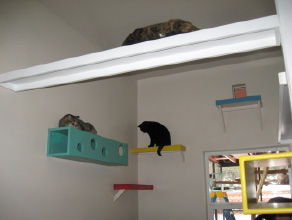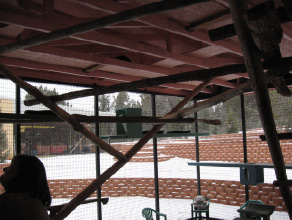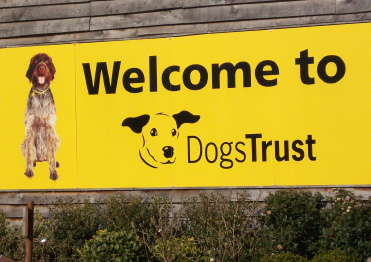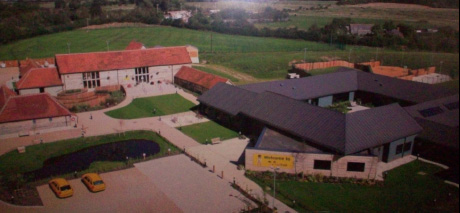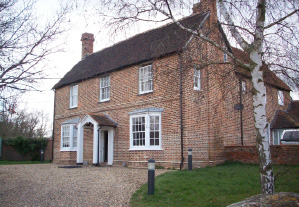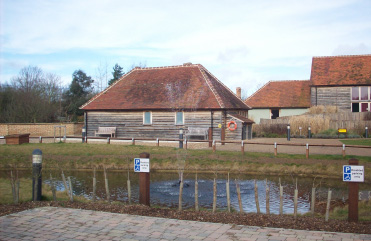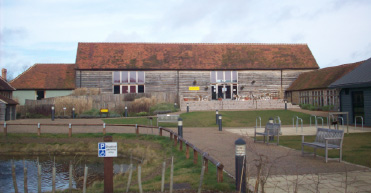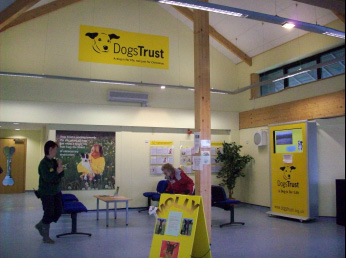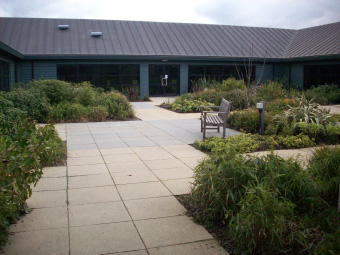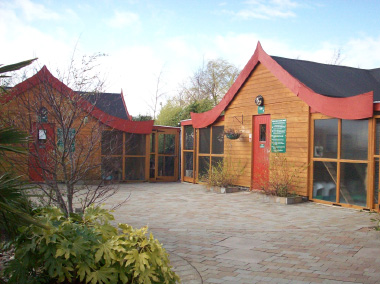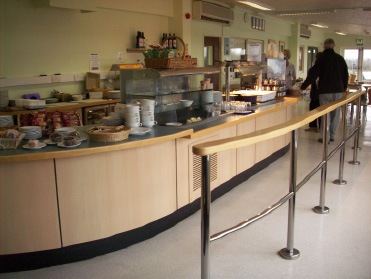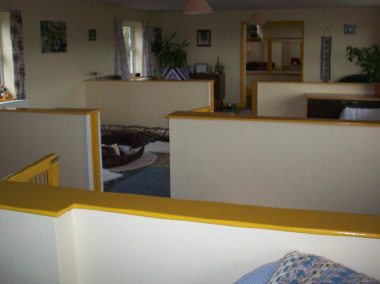The story of our meeting begins with a dog and a mutual friend. Dale founded ACRF to provide options for dying or incapacitated people by rehoming their beloved pets. This meant something to me since I too have witnessed individuals dropping their parents’ pets off at the dog pound for disposal. Of course, this common scenario contributes to our nation’s high number of euthanasias. Being moved by Dale’s endeavors I cheered him on and talked frequently about his foundation to anyone who would listen.
As an investment broker, Dale Wintlend worked on ACRF on the weekends but being the numbers guy he is, Dale realized his talent lay with making money (which will be left to the foundation in his estate). Several times he asked that I help ACRF make a difference. After long discussions with my spouse and children I spent the fall disentangling myself from my business and officially joined the ranks of ACRF. Dale has enabled me to grow his dream. Together we share a belief that it is possible to have a future where no healthy animal should face euthanasia.
We believe grass roots begin in the backyard. With this in mind, we took our baseline information from our rescue work and expanded our worldview by looking at nationally and internationally known examples. We do understand that many groups make significant contributions and we are scrutinizing any available resources to learn from their experiences both positive and negative. The field of animal rescue is fractured by different views yet in the end we are still working towards the same goal. Nationally thousands of non-profit organizations seek the same pots of money. Funders believe organizations should unify and form alliances to achieve common goals. At ACRF we feel it is all about the animals and we are seeking like minded individuals and organizations to join with us to make a difference versus working alone, continually affixing band-aids on the problem. We do not believe in reinventing the wheel. We believe in connecting the dots.
Today our work is becoming a reality as we acquire information and connect with others who share the same beliefs. We have conducted in depth research, talked to numerous experts and are currently visiting sites in the United States and England in search of excellent proven ideas and practices to incorporate into our ideology and implementation. The business plan is being written based on what we would like to see at ACRF. Every thought and idea is with our personal pets in mind and how we would like to ensure the future for our treasured friends.

